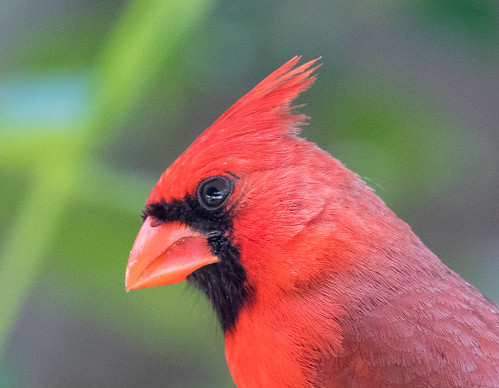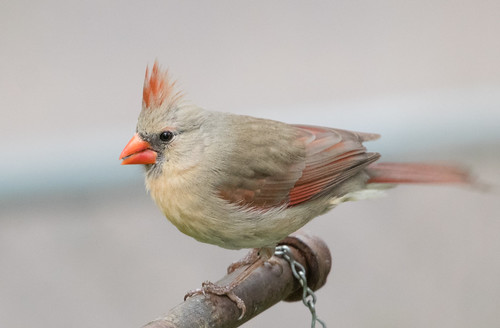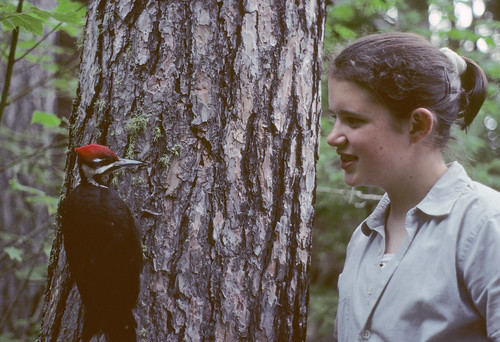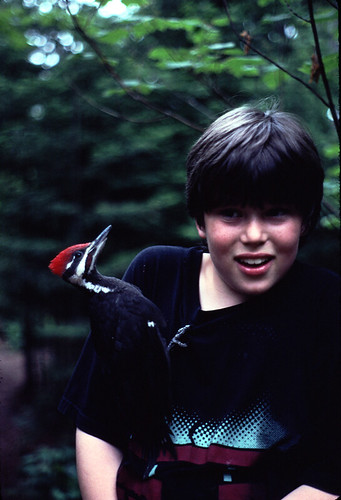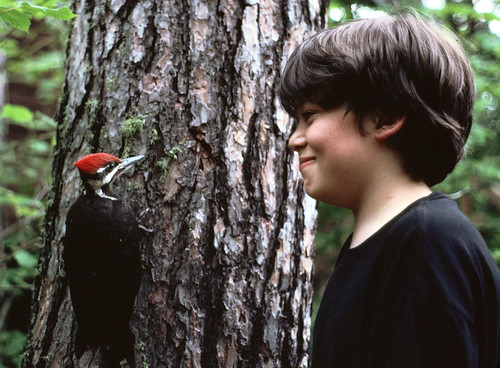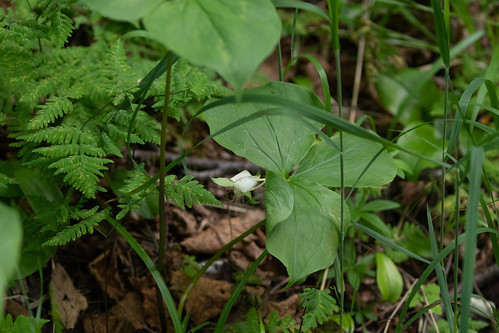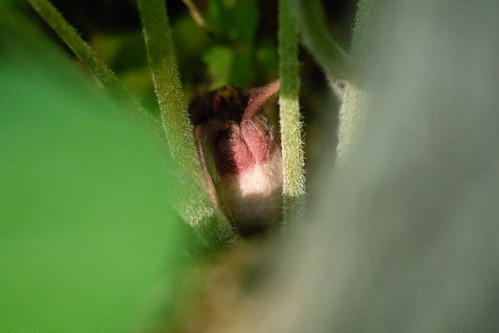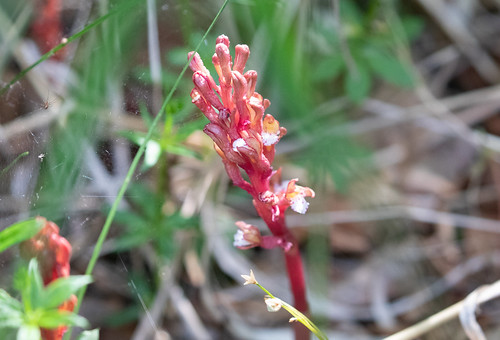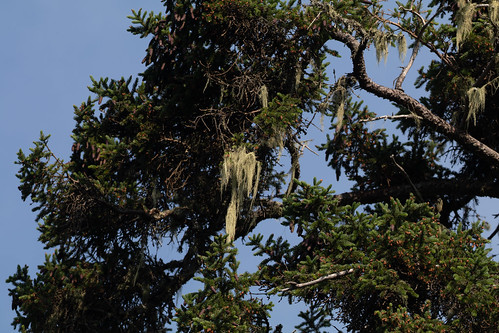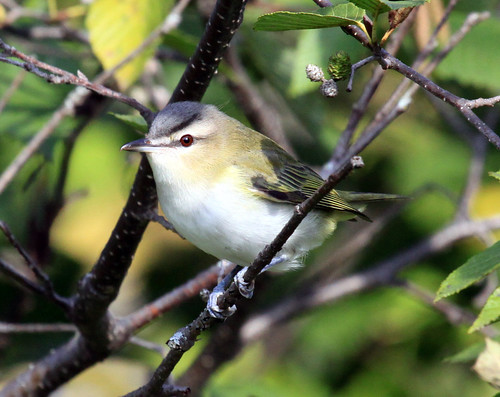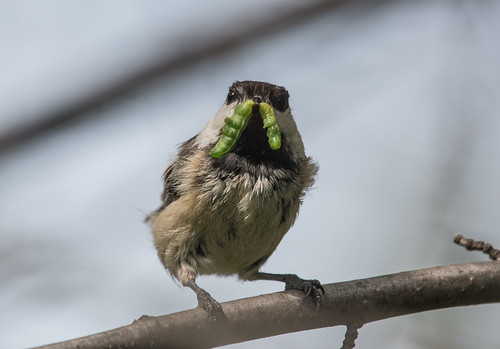June 27, 2018
Laura,
You are not to be taken seriously.
You revise History, distort History,
The hate + rage against Trump is what’s unprecedented.
You seem to be afflicted with Trump Derangement Syndrome.
You have no compassion, no caring for the 4,000 baby boys + girls being destroyed every day in America in their mothers’ wombs.
Is this what you are fighting for: more dead babies? Really?
It’s time to come to your senses, Laura, to reconnect with morality, with right + wrong. Read Isaiah 5:20-21.
Uncle SamI’m presuming that “Uncle Sam” is distressed about my letter to the editor that was published in the Duluth News-Tribune Tuesday. I wrote it after witnessing an old, angry white man giving the finger at the crowd who were marching against Trump last week, and specifically glaring at and making that obscene gesture toward families with small children.
I’m not at all sure why “Uncle Sam” brought abortion into it—this is a topic I’ve never publicly discussed. But I guess in this new era of civility, I’m supposed to engage.
The problem is, I can’t find anything in the Bible that discusses the morality of abortion; indeed, the God of the Old Testament killed a lot of unborn fetuses and embryos in Sodom and Gomorrah Himself, and those of every pregnant woman in the world if she wasn’t lucky enough to be on Noah’s ark. But the God of the Old Testament wasn't very consistent. I was hoping “Uncle Sam’s” Isaiah 5:20-21 would clear this up somehow, but it turns out those lines are not at all about abortion:
Woe to those who call evil goodI can honestly say I’ve never called abortion either good OR evil, dark OR light, bitter OR sweet. If I had been confronted with an unwanted pregnancy during the decades of my life when an unwanted pregnancy was possible for me, I’d have made my choice of how to deal with it by following my own lights. Of course, my personal code of morality is irrelevant when considering the needs of anyone else facing that situation. The guiding words I find in my Bible regarding the moral choices of others are pretty clear and straightforward, by Jesus himself, as quoted in Matthew 7:1-3:
and good evil,
who put darkness for light
and light for darkness,
who put bitter for sweet
and sweet for bitter.
Woe to those who are wise in their own eyes
and clever in their own sight.
“Judge not, that ye be not judged. For with what judgment ye judge, ye shall be judged: and with what measure ye mete, it shall be measured to you again. And why beholdest thou the mote that is in thy brother's eye, but considerest not the beam that is in thine own eye?”Where personal morality is concerned, I even apply those words to Donald Trump, though I’d be very careful to keep my daughter as far from him as possible. I try hard not to wonder about the many women he’s boasted publicly about having sex with or "grabbing by the pussy" (his words, not mine), and whether any of these women were ever confronted with an unwanted pregnancy by Mr. Trump.
Nebulous as the Bible is about abortion, right this very moment there are thousands of living, breathing, crying babies and toddlers being held in “tender age” detention centers. If the Bible is where we find answers to good and evil, light and dark, and sweet and bitter, I’d suggest that “Uncle Sam” read a few more lines in his Old Testament, which is pretty specific about how we should treat strangers, immigrants, and asylum seekers. Just off the top of my head, there’s:
And for Christians (“Uncle Sam” doesn’t identify himself as one—I'm making an assumption here), in the New Testament, Jesus was pretty specific about our obligation to other human beings. Beyond his parable of the Good Samaritan, there are these verses "Uncle Sam" might read:
- Exodus 22:21 – “You shall not wrong or oppress a resident alien; for you were aliens in the land of Egypt.”
- Leviticus 19:33-34 and 24:22 – When the alien resides with you in your land, you shall not oppress the alien. The alien who resides with you shall be to you as the citizen among you; you shall love the alien as yourself, for you were aliens in the land of Egypt: I am the Lord your God.”
- Numbers 9:14 and 15:15-16 – “…you shall have one statute for both the resident alien and the native.”
- Deuteronomy 1:16 – “Give the members of your community a fair hearing, and judge rightly between one person and another, whether citizen or resident alien.”
- Deuteronomy 10:18-19 – “For the Lord your God...loves the strangers, providing them food and clothing. You shall also love the stranger, for you were strangers in the land of Egypt.”
I find it curious that “Uncle Sam,” who took the time to search out my home address and handwrite an anonymous letter about Donald Trump as a moral icon, would say I’m the one “afflicted with Trump Derangement Syndrome,” but that's a judgment call, and Jesus said not to do that.
- Luke 10:25-28: And one day an authority on the law stood up to put Jesus to the test. "Teacher," he asked, "what must I do to receive eternal life?" “What is written in the Law?” Jesus replied. “How do you understand it?” He answered, “‘Love the Lord your God with all your heart and with all your soul. Love him with all your strength and with all your mind.’ And, ‘Love your neighbor as you love yourself.’” “You have answered correctly,” Jesus replied. “Do that, and you will live.”
- Matthew 7:12: Do to others what you want them to do to you. This is the meaning of the law of Moses and the teaching of the prophets.
- Matthew 25:39-40 says, “When did we see you sick or in prison and go to visit you? And the King shall answer and say to them, ‘Truly I say to you, Inasmuch as you have done it to one of the least of these my brothers, you have done it to me.’”

